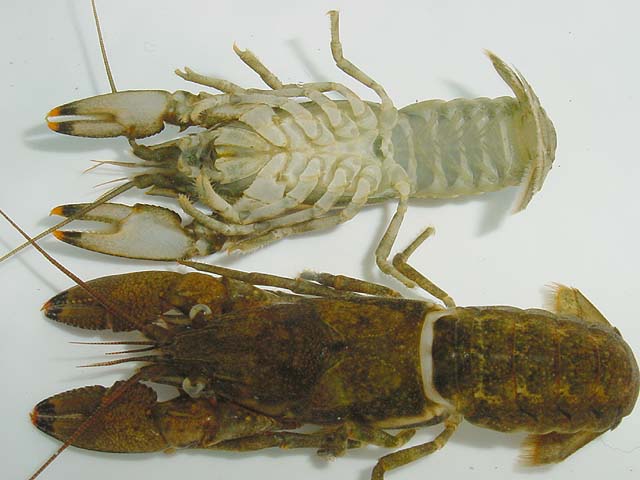
THE XERCES SOCIETY FOR INVERTEBRATE CONSERVATION Aquatic Invertebrates in Pacific Northwest Freshwater Wetlands |
| Identify taxa |
|
Decapoda As with most Crustacea, the greatest diversity of decapods is in the ocean. They are also abundant in freshwater habitats. Decapods do occur in the wetlands of the Pacific Northwest, although there is little information available about their specific distribution. Some of the most recognizable of the Decapoda (crabs, prawns, lobsters) find their way to our dinner plates. Dining on decapods, whether farmed or wild caught, has had and continues to have severely negative repercussions for marine ecosystems. Crayfish tails are quite a treat and a staple for many Southern dishes. However, they have been widely introduced for use as food and tend to dramatically alter native communities where they become established. All Decapods have10 well developed legs, with claws on at least two legs.Crabs and crayfish are flattened top to bottom, and usually have large front claws. Freshwater shrimp in the introduced family Palaemonidae have been collected in Pacific Northwest wetlands. Freshwater shrimp don't have large front claws, and tend to be flattened from side to side with very long antennae and a well developed tail. Crayfish may be found in Pacific Northwest wetlands. They have a well developed tail while crabs do not. Crayfish are very conspicuous, but differentiating species can be very difficult. In the Pacific Northwest. we have only
one native genus - Pacifasticus- that has only a few species. However, two other genera
(Orconectes and Procambarus) have been introduced - and occur in wetlands. |
| Key to Genera & Species |
|
||
Pacifastacus spp. |
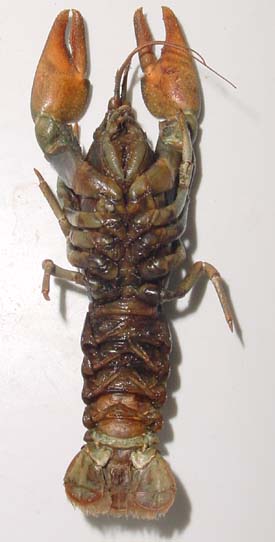 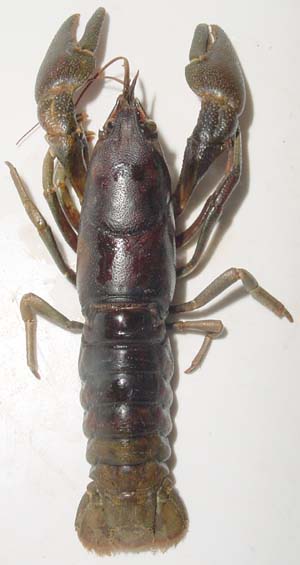 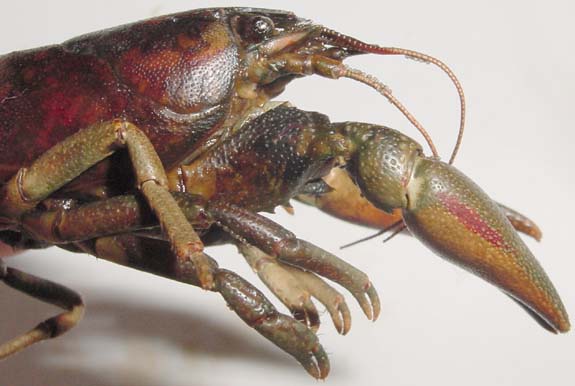 |
||
Orconectes spp. |
 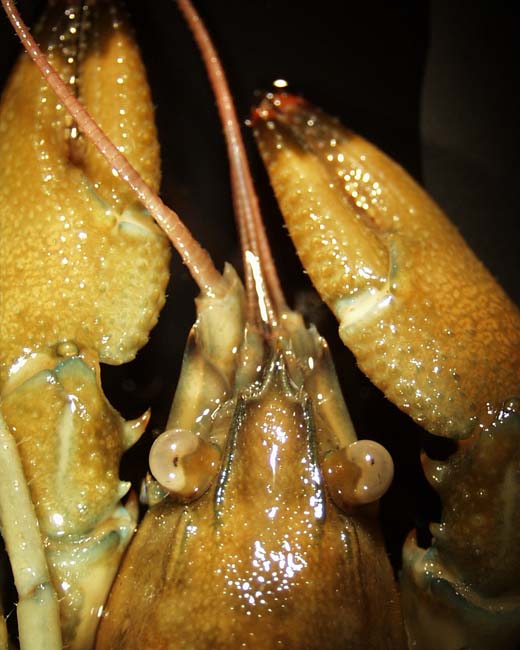 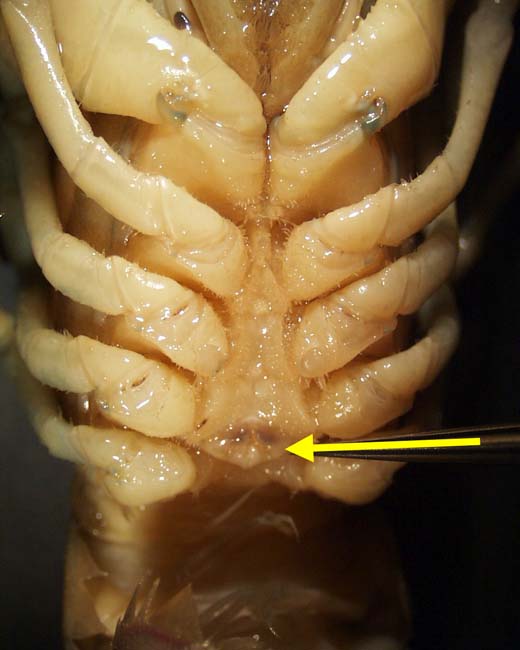  |
||
| Procambarus spp. tail and claws are well-developed; body flattened top to bottom; the species most likely to be encountered in the Northwest is generally red and bumpy when mature |
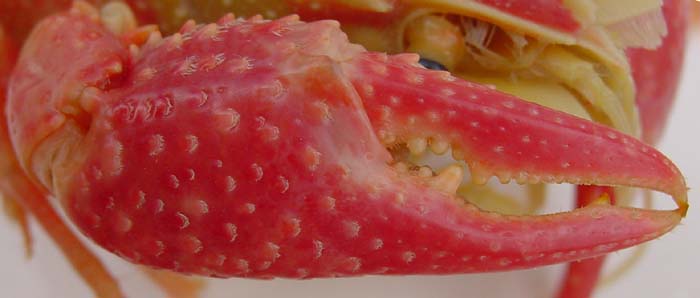 |
||
Eriocheir
sinensis |
For more information and images of the Chinese mitten crab
|
||
| Other crabs: Tail is small, tucked under the body, and not highly noticeable; have well-developed claws in front but the claws are not densely hairy. |
|||
| Shrimp or prawns, such as in the family Palaemonidae: Tail is long and well-developed; body flattened from side to side; have tiny claws on the front legs |
  |
|
Genera/species
list: known introduced crayfish species in the Pacific Northwest other native Northwest decapods other introduced decapods in the Northwest and neighboring states |
© 2007 Xerces Society
Contact info@xerces.org
